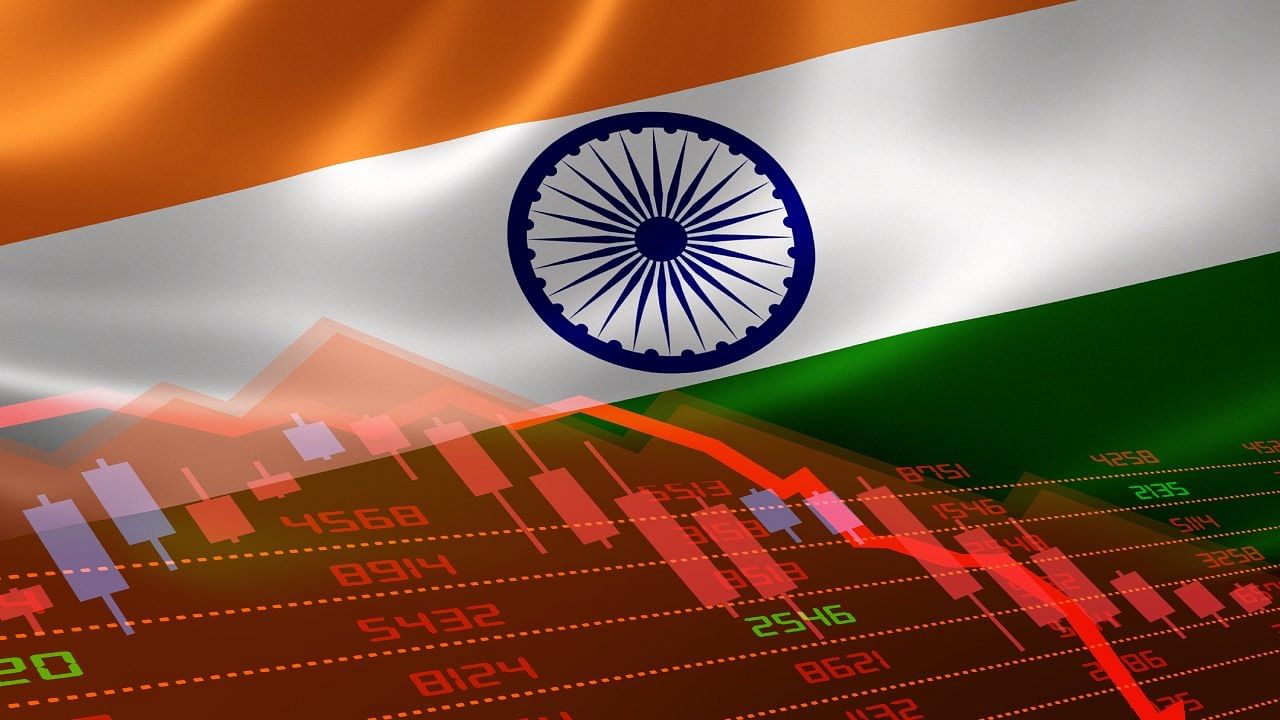
Growth depends on a number of factors, and while policy stability is one of them, governments of all shapes and sizes have had sustained growth under them, especially post-2000.
Credit: iStock Photo
Bengaluru: With Prime Minister Narendra Modi taking oath for a third term, attention has turned to how he will govern with coalition partners. The perceived wisdom is that political decisiveness, which came naturally to Modi in his first two terms as a result of the Bharatiya Janata Party’s absolute majority in the first two terms, will take a hit.
As reported earlier, policy decisions will have to be debated and deliberated much more. But will the reality of a government dependent upon coalition partners to survive, impact India’s economic policymaking and hence growth, as some are suggesting?
An analysis by DH, of annual gross domestic product growth (GDP) data, stretching back 26 years, shows that there is no direct correlation between GDP growth and the parliamentary strength of a government. Growth depends on a number of factors, and while policy stability is one of them, governments of all shapes and sizes have had sustained growth under them, especially post-2000.
Credit: DH Graphics.
Let us consider real and nominal GDP growth under Narendra Modi. Real GDP growth has averaged 6%, while nominal growth (which takes into account inflation) has averaged 10.3% since Modi first came to power. The highest annual real GDP growth rate during Modi’s first two terms was 9.7% in 2021-22 (see chart), when the economy bounced back from the low-base effect of 2020-21.
That was the year the economy was ravaged by the first Covid lockdown, and annual economic growth in constant terms was negative 5.8%, the lowest in Modi’s first ten years. These two years can be considered a statistical anomaly occurring due to a ‘black swan’ event. The average GDP growth without these two numbers would be 7%.
Incidentally, the second lowest GDP growth during Modi’s tenure so far was in 2019-20, the year before the Covid-19 pandemic. Real GDP growth came in at 3.9% that year. Many economists hold the view that this was due to a global slowdown, piling on to the slow recovery of the rural and informal sectors after the ‘double whammy’ of demonetisation and implementation of Goods and Service Tax within months of each other, earlier in November 2016 and July 2017, respectively.
The average growth under Modi (excluding two years of Covid) is slightly above the average GDP growth of India when it was governed by the United Progressive Alliance government under former Prime Minister Manmohan Singh. Real GDP growth averaged 6.8%, while nominal GDP growth averaged 14.2%.
The Congress had just 141 seats out of 543 during UPA I (2004-2009) and 206 seats during UPA II. Hence it was more dependent on allies like the Left parties, Samajwadi Party, Bahujan Samaj Party and others. There were frequent disagreements over policy, and Singh had to go through a vote of confidence in 2008 over the India-US nuclear deal.
However, India was one of the world’s booming economies and an investment destination during those years as well. The lowest growth rate was in 2008-09 at 3.1%, the year of the global financial crisis.
Incidentally, the nominal GDP growth that year was the second highest during Singh’s tenure, a clear indication that inflation and skyrocketing prices were some of the UPA government’s biggest challenges. However, even during the 'policy paralysis' years towards the end of UPA's tenure, when it was rocked by multiple scandals, growth did not slip below 5%.